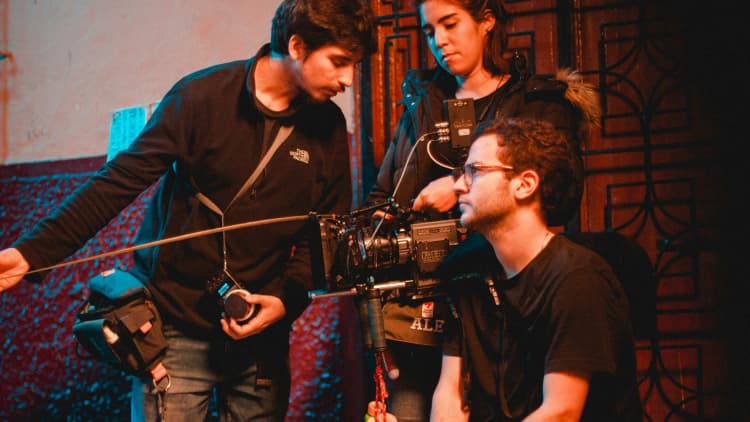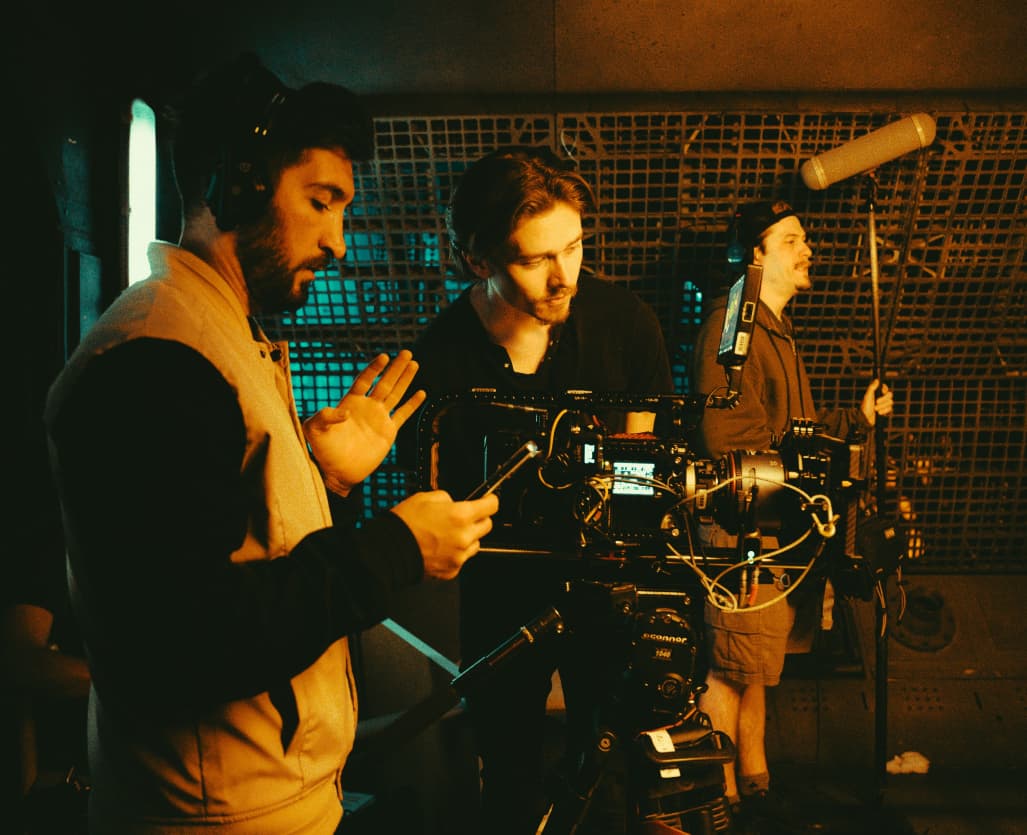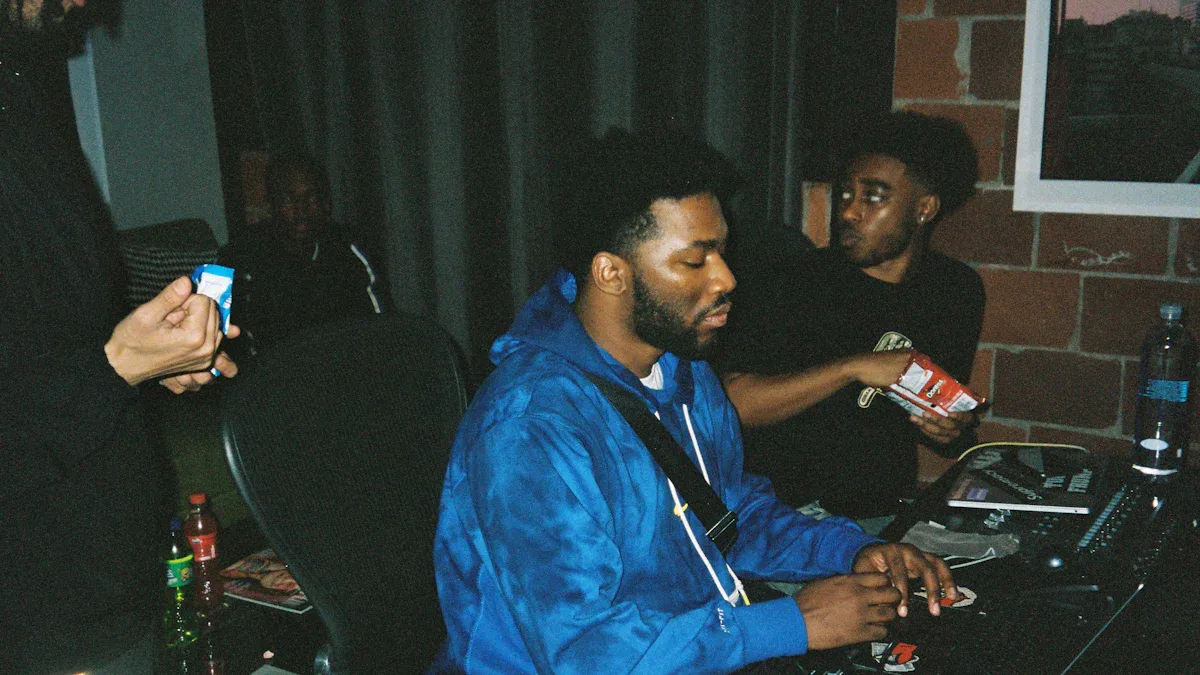The foundation of cinema is screenwriting. A screenplay that conveys a gripping tale has to come before the first actor is cast or the first shot is recorded. Screenwriting may be intimidating for novices, particularly if you’re going through books like Screenwriting for Dummies and feeling overrun by formatting guidelines, character arcs, and dialogue strategies.
The reality is that while mastering the profession might take years, any filmmaker, novice or experienced, should follow some basic screenwriting advice to create tales that connect. This blog will take you through the most important screenplay tips—perfect for anyone interested in screenwriting for dummies—and show you how music, images, and conflict interact to produce memorable movies.
Let’s get into the fundamentals you cannot afford to skip.
6 Screenwriting Tips Every Filmmaker Should Follow
1. Build from the Ground Up
You need a solid basis before considering smart story twists or funny conversations. Great tales are constructed around people viewers relate to, aspirations those people fervently pursue, and challenges in their path. Even the most fashionable script will fail without obvious character motivations and real challenges.
Before you write, take some time to develop your primary character. What motivates them? What worries do they have inside? What prevents them from reaching their final destination? Early on, considering these aspects guarantees that your narrative will subsequently have an emotional impact.
Pro Tip:Before drafting scenes, use a character questionnaire or mind map to strengthen your foundation—an approach often recommended in screenwriting tips like those found in Screenwriting for Dummies.
2. Create Visual Storytelling
Being a visual medium, the film calls for your script to be motivated by actions and pictures rather than just words. Rather than saying a character is upset, depict them smashing a door. Instead of saying, “It’s winter,” you may depict the character’s apparent breath in the chilly air.
Because it involves their emotions and senses, visual narrative resonates more strongly with viewers. Imagine the famous opening scene from Up—a wordless montage conveying a complete life narrative just via pictures.
Challenge yourself as you write each scene: Could this moment be displayed instead of spoken?
3. Default to Three Acts
The three-act structure is not just a film school cliché; it is a very naturalistic approach that people use to comprehend narratives. A beginning presents us with a person and their environment, a middle puts challenges in their way, and an end reveals how they either triumph or fail.
You set the scene in Act One. Here, we encounter the people and grasp their wants. Act Two sees mounting strain from growing stakes and challenges. Act Three either satisfactorily or sometimes brutally ends the tension.
Following this framework does not guarantee predictability for your narrative. Rather, it offers a consistent structure that preserves rhythm and emotionally engages the viewer.These are some of the most important screenwriting tips you can apply to keep your story moving forward.

4. Write More Than You Need
For novice screenwriters, one of the most liberating bits of advice is straightforward: allow yourself to write too much. Your first draft should be vast, chaotic, and maybe even somewhat incomprehensible. That’s okay; you can’t fix what you haven’t written.
Allowing oneself to write more than required helps you find fresh narrative beats, unexpected character moments, and unexpected conversations. Though some of these items will be removed later, many times the finest moments in a movie come from material found beyond the rigorous confines of the first narrative structure.
Early on, writing lengthy makes subsequent trimming simpler and less agonizing as you aren’t holding on to every word as priceless.
5. Create Conflict and Tension
Storytelling is, at its core, a conflict. Every scene, no matter how little, should contain some tension—even if it’s little.
Throughout your script, you should use three main kinds of conflict:
- External Conflict: Whether it’s a villain, society, or physical danger, your character experiences outside-world problems that constitute an external conflict.
- Internal Conflict: Your character battles their fears, faults, or uncertainties.
- Interpersonal Conflict: Characters in Interpersonal Conflict fight one another, hence generating emotional or physical tension.
A narrative never seems stagnant when every scene has conflict. From subtext and unsaid grudges, even a calm dinner table talk may keep the audience on the edge of their seats.
6. Revise
The actual labor starts when you finish your first draft. Screenwriting is a skill of continuous revision—something often emphasized in Screenwriting for Dummies. Some scenes will need major reorganization; others need tightening.
When editing, give the larger picture priority: Is there a strong arc in your narrative? Are your characters realistic and obvious drives? Does it droop in the middle, or is the pace smooth?
You should refine the conversation and change descriptions only after fixing fundamental problems. Early on, it’s easy to play with line changes, but initially, getting the bones of the narrative correct is far more crucial.
Reading your script out loud could help you find strange wording or weird conversations. Should you be able, arrange a table read with friends or performers to see your narrative come to life. Once said aloud, your narrative will amaze you with how much clarity it gains.

Choose the Right Music for Your Video
Music becomes your covert narrative tool when the screenplay is locked and the scenes are shot. A good soundtrack may create memorable films, highlight turning points, and improve feelings.
Finding the appropriate music could be difficult; conventional licensing can be expensive and complex. Modern technologies like AI Music Generator, Song Maker, and Create Music help to create creative soundtracks fit for your movie easily.
Choose music with consideration for pace and orchestration. While slow, sad strings might accentuate a sad moment, a fast-paced song can inspire an action scenario. Don’t be scared to utilize silence deliberately, as sometimes it may be stronger than any music.
A well-chosen soundtrack may elevate a decent scene to legendary status. Think of Jaws; even without seeing the shark, those two straightforward, recurring chords became associated with horror.

Conclusion
Though it may first seem daunting, screenwriting is really rather simple, especially when you follow a few fundamental guidelines like those in Screenwriting for Dummies. Start your narrative from scratch, emphasize visual storytelling, accept the three-act framework, write copiously before polishing, include tension in every scene, and edit mercilessly.
Choosing the correct music can help to raise your tale even more when it touches viewers visually and emotionally.
From robust screenplays to ideal soundtracks, the correct tools will provide you with everything you need to realize your film ideas.Begin modestly, be constant, and most crucially, keep writing.
Learn more:how to make a boomerang video






